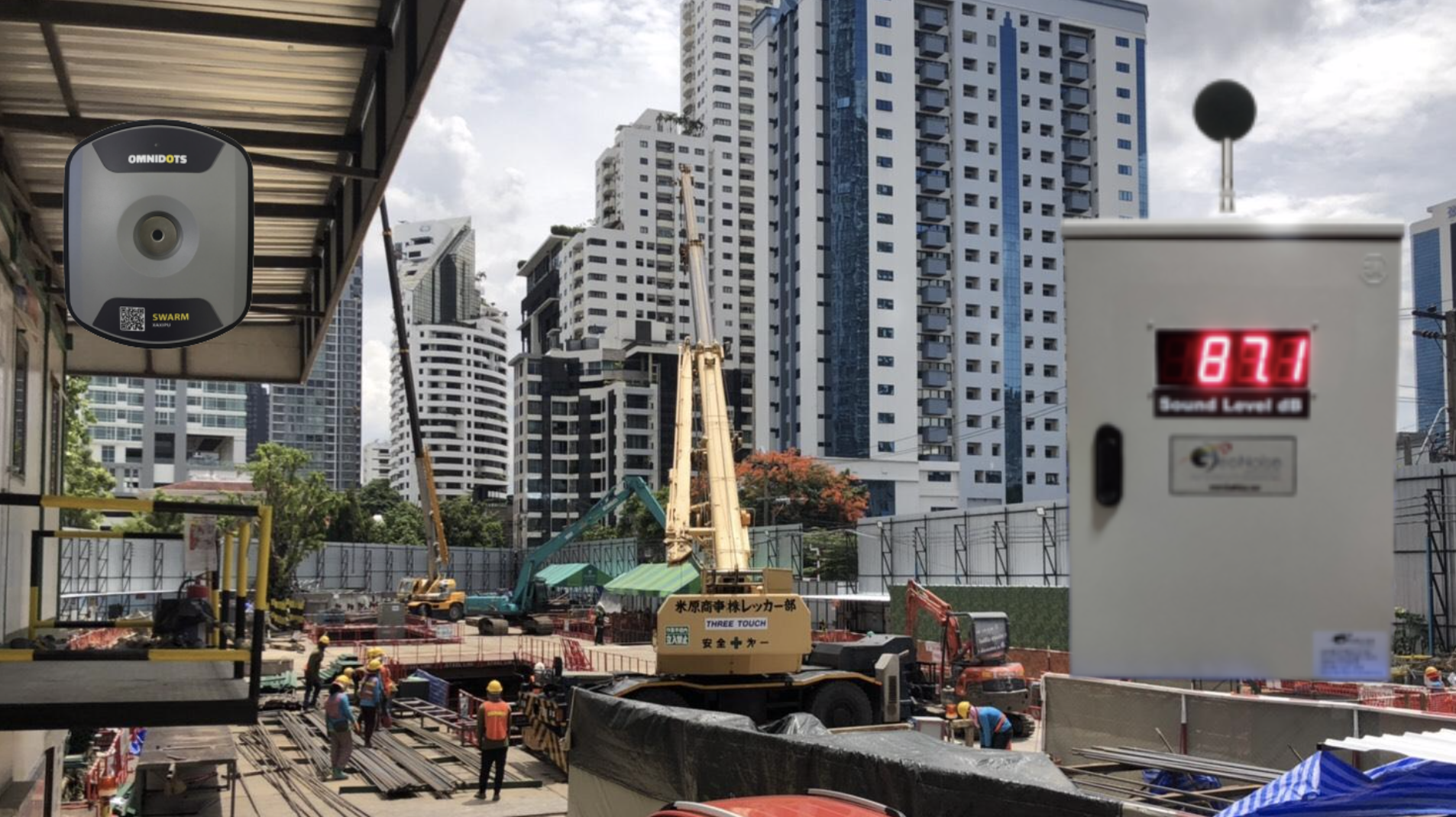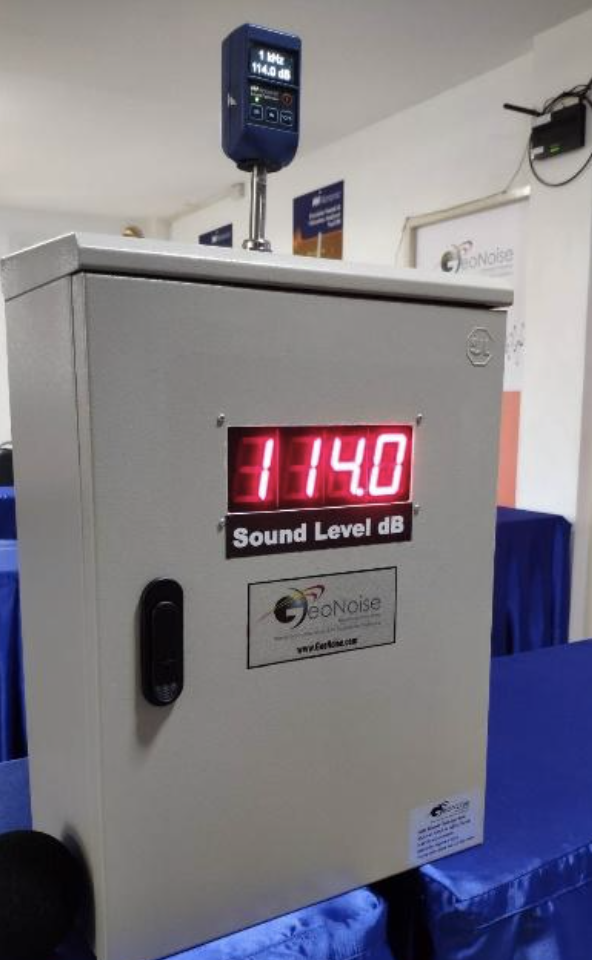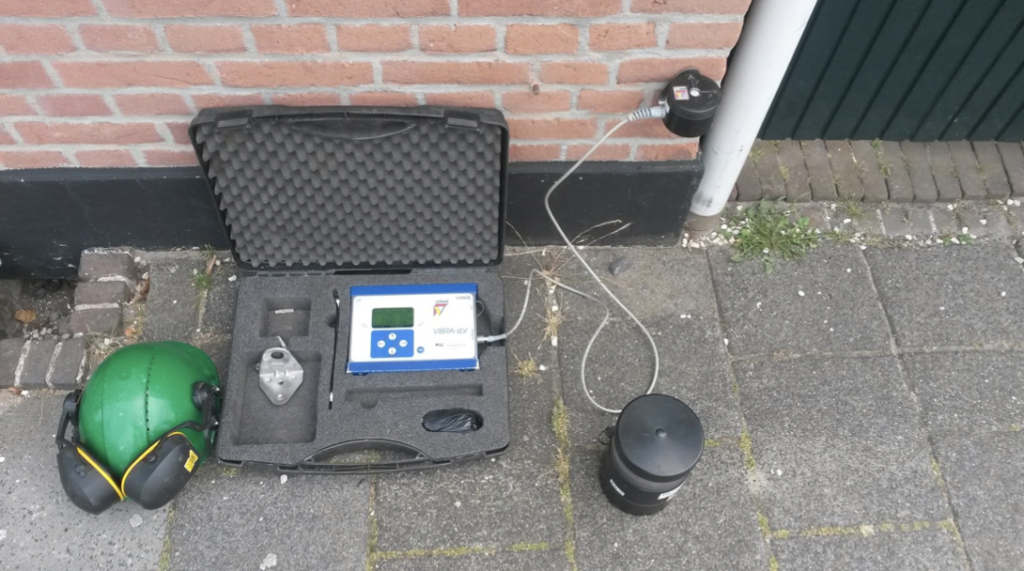Boston University researchers, Xin Zhang, a professor at the College of Engineering, and Reza Ghaffarivardavagh, a Ph.D. student in the Department of Mechanical Engineering, released a paper in Physical Review B demonstrating it’s possible to silence noise using an open, ring-like structure, created to mathematically perfect specifications, for cutting out sounds while maintaining airflow.
They calculated the dimensions and specifications that the metamaterial would need to have in order to interfere with the transmitted sound waves, preventing sound—but not air—from being radiated through the open structure. The basic premise is that the metamaterial needs to be shaped in such a way that it sends incoming sounds back to where they came from, they say.
As a test case, they decided to create a structure that could silence sound from a loudspeaker. Based on their calculations, they modeled the physical dimensions that would most effectively silence noises. Bringing those models to life, they used 3-D printing to materialize an open, noise-canceling structure made of plastic.
Trying it out in the lab, the researchers sealed the loudspeaker into one end of a PVC pipe. On the other end, the tailor-made acoustic metamaterial was fastened into the opening. With the hit of the play button, the experimental loudspeaker set-up came oh-so-quietly to life in the lab. Standing in the room, based on your sense of hearing alone, you’d never know that the loudspeaker was blasting an irritatingly high-pitched note. If, however, you peered into the PVC pipe, you would see the loudspeaker’s subwoofers thrumming away.
The metamaterial, ringing around the internal perimeter of the pipe’s mouth, worked like a mute button incarnate until the moment when Ghaffarivardavagh reached down and pulled it free. The lab suddenly echoed with the screeching of the loudspeaker’s tune.


Now that their prototype has proved so effective, the researchers have some big ideas about how their acoustic-silencing metamaterial could go to work making the real world quieter.
Closer to home—or the office—fans and HVAC systems could benefit from acoustic metamaterials that render them silent yet still enable hot or cold air to be circulated unencumbered throughout a building.
Ghaffarivardavagh and Zhang also point to the unsightliness of the sound barriers used today to reduce noise pollution from traffic and see room for an aesthetic upgrade. “Our structure is super lightweight, open, and beautiful. Each piece could be used as a tile or brick to scale up and build a sound-canceling, permeable wall,” they say.
The shape of acoustic-silencing metamaterials, based on their method, is also completely customizable, Ghaffarivardavagh says. The outer part doesn’t need to be a round ring shape in order to function.
“We can design the outer shape as a cube or hexagon, anything really,” he says. “When we want to create a wall, we will go to a hexagonal shape” that can fit together like an open-air honeycomb structure.
Such walls could help contain many types of noises. Even those from the intense vibrations of an MRI machine, Zhang says.
According to Stephan Anderson, a professor of radiology at BU School of Medicine and a coauthor of the study, the acoustic metamaterial could potentially be scaled “to fit inside the central bore of an MRI machine,” shielding patients from the sound during the imaging process.
Zhang says the possibilities are endless, since the noise mitigation method can be customized to suit nearly any environment: “The idea is that we can now mathematically design an object that can block the sounds of anything”.
Source:
https://phys.org/news/2019-03-acoustic-metamaterial-cancels.html















